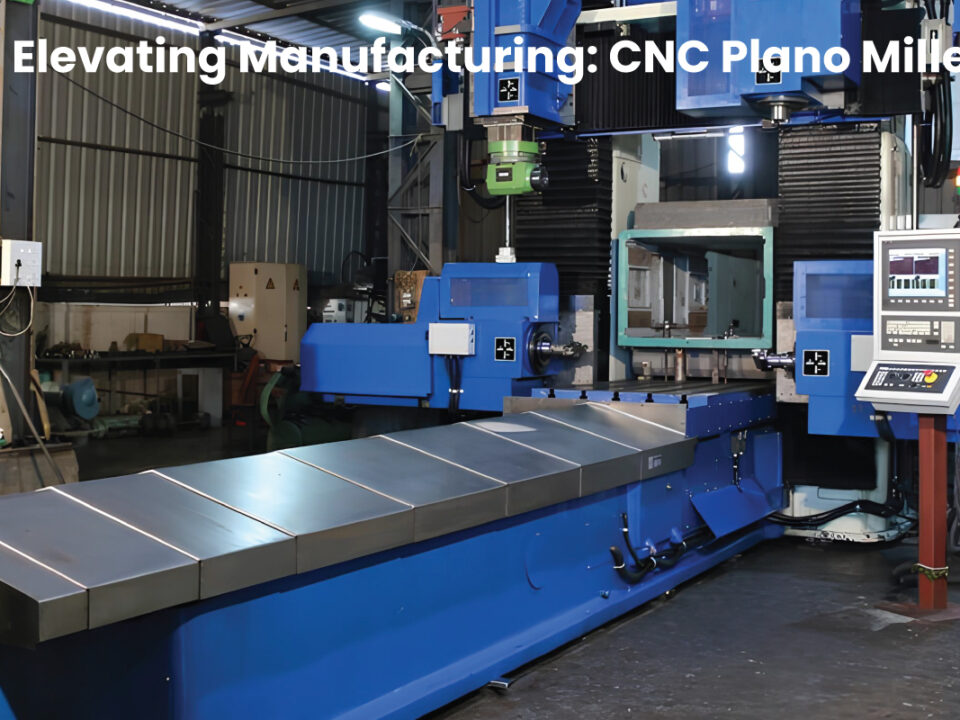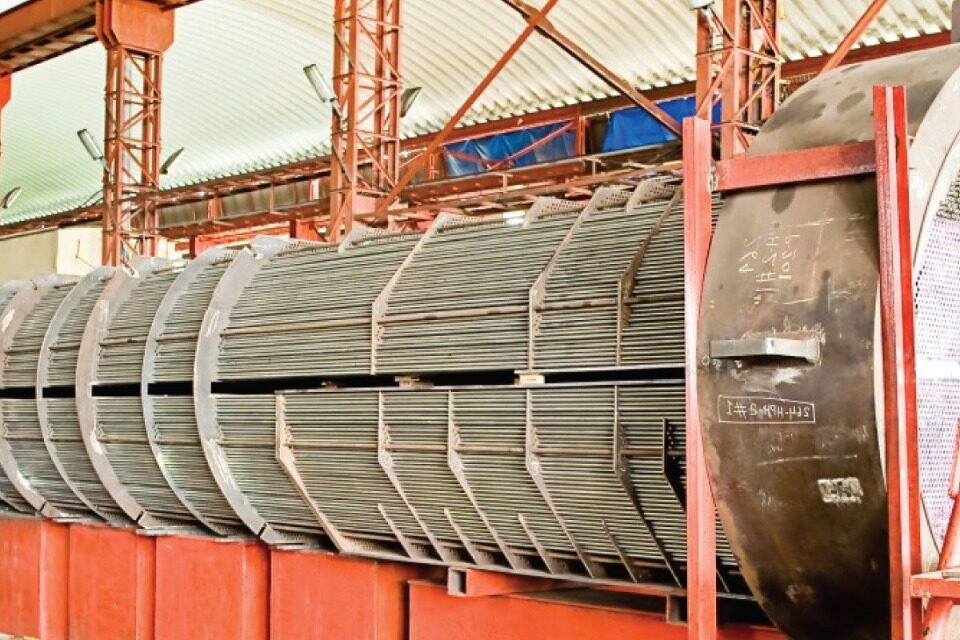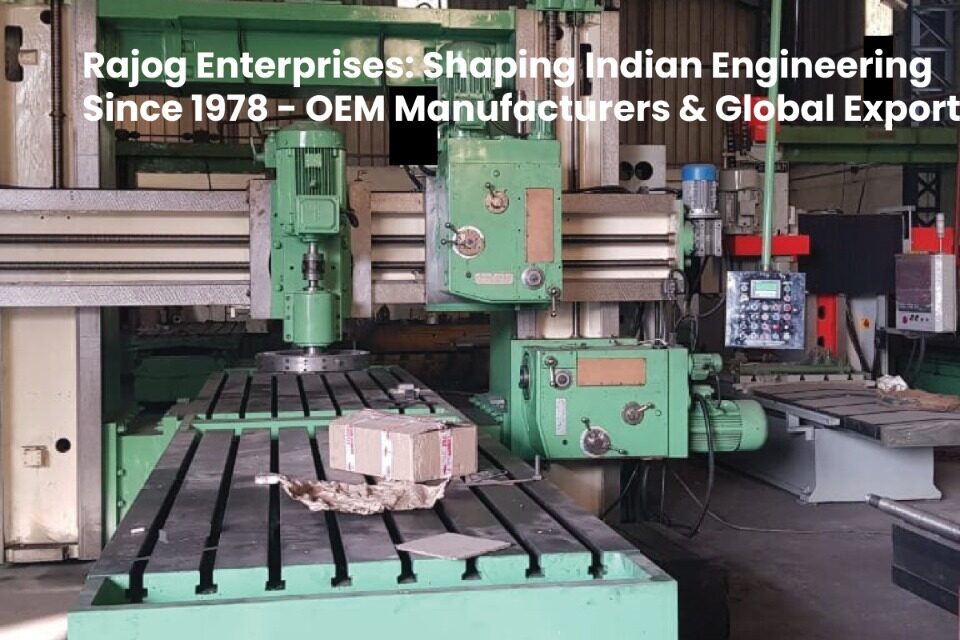Boiler System Integration
Boiler vessels are one of the products that we manufacture at Rajog Enterprises. Today, you will know about what a boiler is, where and how it is used, and the process of boiler integration. Basically in this read you will know what a Boiler is and all other details revolving around it.
The first thing before we dive into the details is understand the meaning of boiler. A boiler is a closed vessel used for heating applications (such as central heating and water heating) in which liquid materials such as water are heated to produce steam or vapor. In short it is a vessel that provides a heat transfer surface between the combustion products and water. A boiler is usually into a system with many
components.
Anywhere you are creating heat or steam, you will probably find a boiler. Boiler systems are used to create pulp & paper, generate electricity and process foods. Steam boiler systems are used in many industry sectors, such as the textile mill, sugar mill, oil field ,power plants and other industries.
There are many types of boilers based on their uses. While domestic boilers are small and are used for daily household chores, the industrial boilers today play a magnanimous role in the production process. Industrial hot water boiler systems are very similar to household heating boilers. The main difference is that industrial boilers have a larger capacity, which can meet the needs of families, hotels, hospitals, industrial buildings or city central heating. Now we’ll get to the process of how an industrial boiler works.
The heart of an industrial boiler system is a hot water or steam boiler operated with a certain kind of fuel. The boiler heats up or boils the water inside it which is then delivered to the consumers via steam pipe lines.
In case of hot water the transport energy is generated by pumps, in case of steam the transport energy is based on inherent pressure. The cooled water or the condensed steam returns to the boiler where it can be heated again.
Loss of water must be compensated by adding more water to the boiler to prevent corrosion. Flue gas generated by the combustion chamber discharged into the atmosphere through a chimney. Sometimes an efficient system used the residual heat in flue gasses.
Send us your technical specifications and we will evaluate the same and give you an offer.




